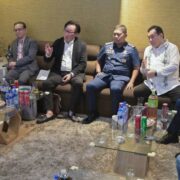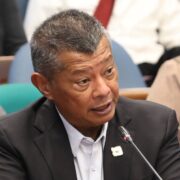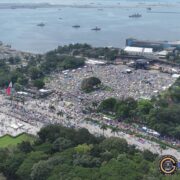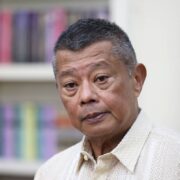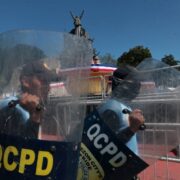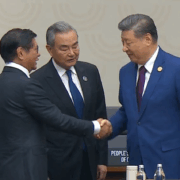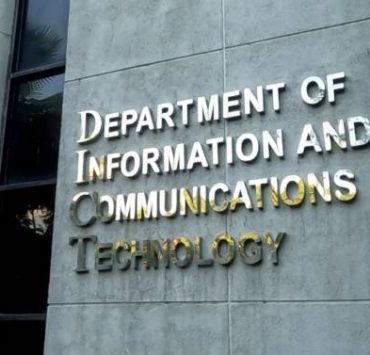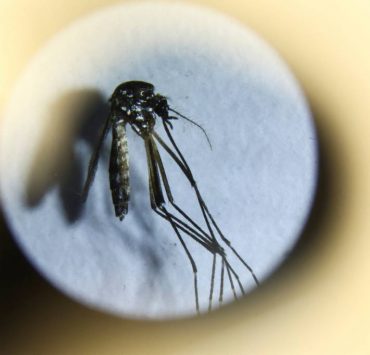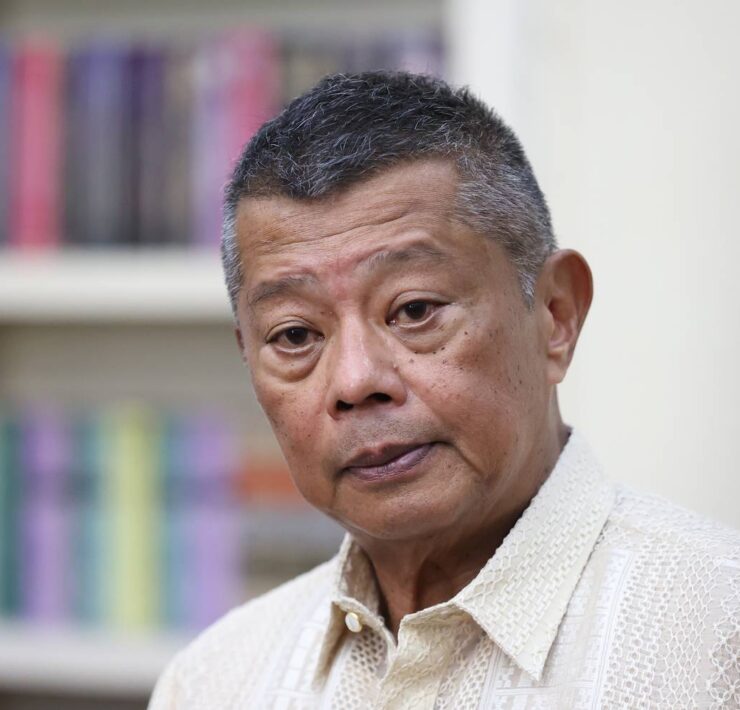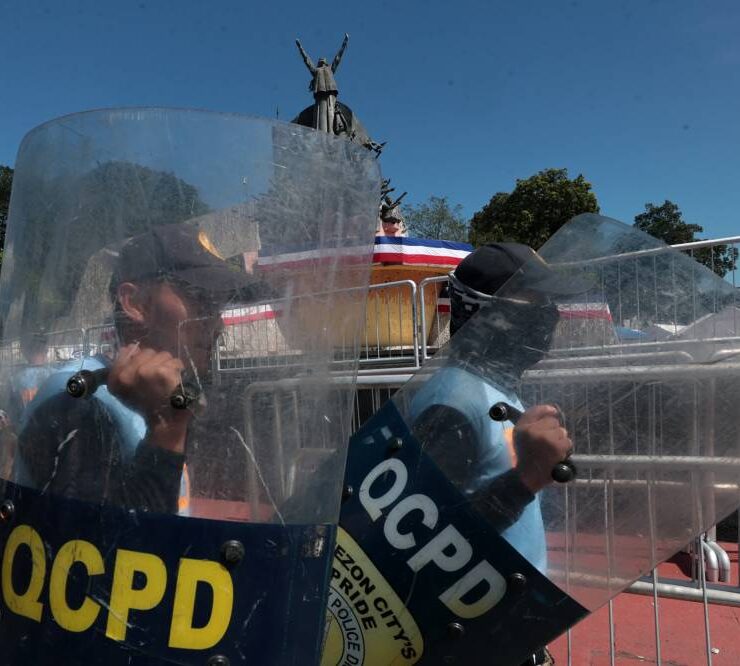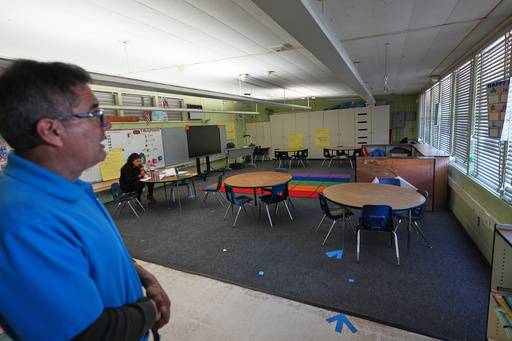China irked by 3 PH vessels on mission to Escoda Shoal
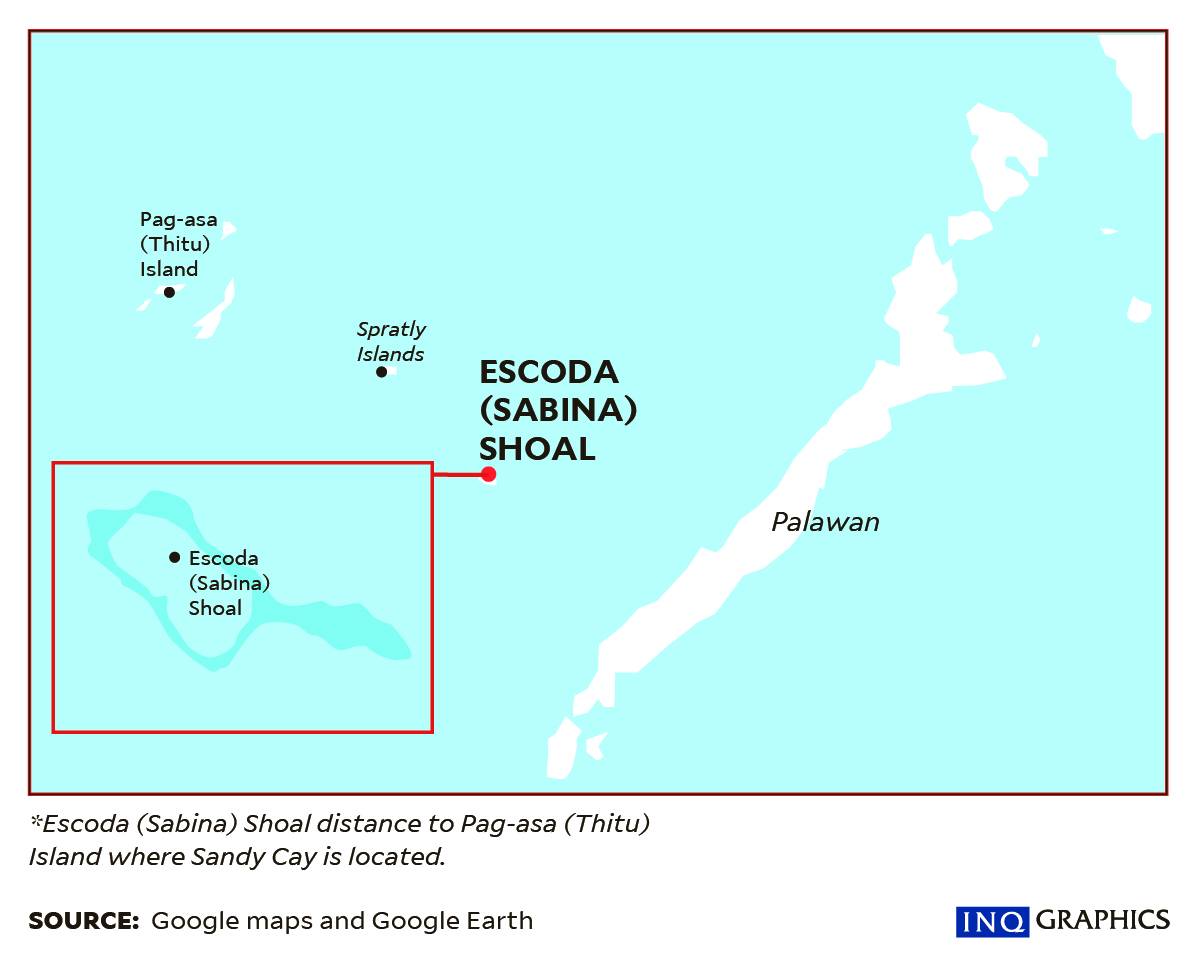
The Philippine Coast Guard (PCG) drew the ire of its Chinese counterpart when it dispatched three vessels on Monday to resupply Filipino troops stationed at Philippine-occupied features in the West Philippine Sea, including Escoda (Sabina) Shoal.
Commodore Jay Tarriela, PCG spokesperson for the West Philippine Sea, said the deployment of the 44-meter multirole response vessels with bow numbers 4402, 4404 and 4409 was an “exceptional occurrence” at a time when China’s forces far outnumbered the Philippine side in the disputed waters.
But on Tuesday, the China Coast Guard (CCG) said Manila “violated” Beijing’s sovereignty and undermined peace and stability in the South China Sea with its actions.
Chinese state-run Global Times, quoting CCG spokesperson Gan Yu, accused the Philippines of bringing “a large amount of supplies and even suspected construction materials suggest that the Philippines intends to eventually establish a permanent facility” at Escoda.
The shoal lies about 139 kilometers (75 nautical miles) from the coast of Palawan province.
Since April, the PCG’s largest and most modern vessel, the BRP Teresa Magbanua, has been deployed in Escoda in response to the presence of Chinese militia vessels and suspected reclamation activities in the area.
Escoda is also the assembly point of Philippine vessels conducting resupply missions to Ayungin (Second Thomas) Shoal, where Chinese ships frequently harass Filipino vessels delivering supplies to the grounded BRP Sierra Madre, a remote military outpost there.
Successful missions
Tarriela said the three PCG vessels went to Escoda after “successfully completing” their resupply missions to various maritime features where the PCG had substations, before heading back to port.
“It was truly an exceptional occurrence in the West Philippine Sea yesterday, as four PCG vessels were nestled together, creating a remarkable sight,” Tarriela said in a post on X.
“As a PCG officer and a proud Filipino, it fills me with immense pride to witness our vessels proudly flying our flag,” Tarriela said.
“They serve as a symbol of our unwavering commitment to maintain and assert our rightful position in the West Philippine Sea,” he added.
The CCG, however, insisted that the Philippines’ movements violated China’s “indisputable sovereignty” over the Spratly island chains, including Xianbin Jiao, the Chinese name for Escoda.
The whole process was “closely monitored and controlled” by the CCG, the Global Times said in a post on X.
“The Philippine ship’s stationing at Xianbin Jiao violates China’s territorial sovereignty and maritime rights, contravening the Declaration on the Conduct of Parties in the South China Sea, and undermining peace and stability in the region,” Gan said.
‘Drastic reduction’
But Rear Adm. Roy Vincent Trinidad, Philippine Navy spokesperson for the West Philippine Sea, said the Philippines was only exercising its sovereign rights in its own waters.
“We can do anything that we wish to within our exclusive economic zone. These are actions that the Philippines will pursue if and when necessary,” Trinidad said at a press briefing at Camp Aguinaldo in Quezon City on Tuesday.
“Suffice it to say that we will continue ensuring the integrity of our territory and the protection of our sovereignty,” he added.
At the same briefing, Trinidad noted that there were fewer Chinese ships in the West Philippine Sea during the last monitoring period from June 25 to July 1, when 95 Chinese vessels were sighted, compared with 129 spotted from June 18 to 24.
“There has been a drastic reduction of the [People’s Liberation Army Navy], Chinese coast guards and maritime militias in the area that we monitor in the West Philippine Sea,” Trinidad said.
“We don’t want to speculate on the reduction… for whatever reason, this will be subject to further assessments,” he added.
Vatican’s call
Also on Tuesday, a diplomat from the Vatican, Archbishop Paul Gallagher, the Holy See’s secretary for foreign relations with states, called for a “peaceful dialogue” between the parties in the South China Sea conflict during his visit to the Philippines.
At a press conference in Manila, Gallagher was asked about the maritime conflict between the Philippines and China.
“[There are] far too many conflicts in the world today and the need to promote peace and dialogue and negotiations, and we believe many of these things, the Holy See and the Republic of the Philippines share the same value and vision,” Gallagher said.
The Vatican diplomat arrived in Manila on Tuesday for a six-day official visit. He met with President Marcos at Malacañang shortly after the press briefing.
It was the first official visit by a Vatican foreign minister to the Philippines in 72 years of diplomatic relations, according to the Department of Foreign Affairs.
Gallagher also met with Foreign Secretary Enrique Manalo to discuss collaboration on various sectors, including education. —WITH A REPORT FROM JACOB LAZARO



